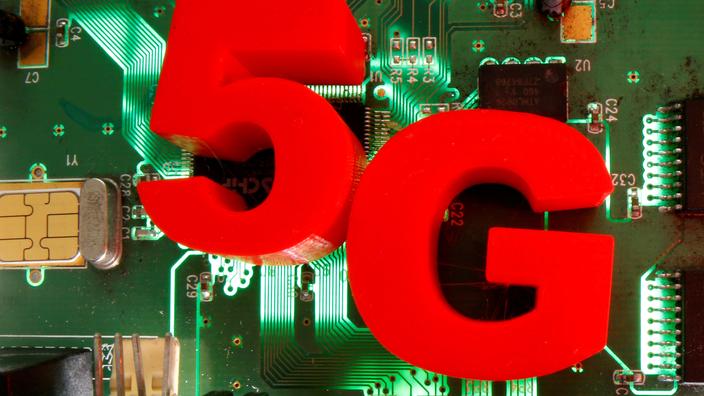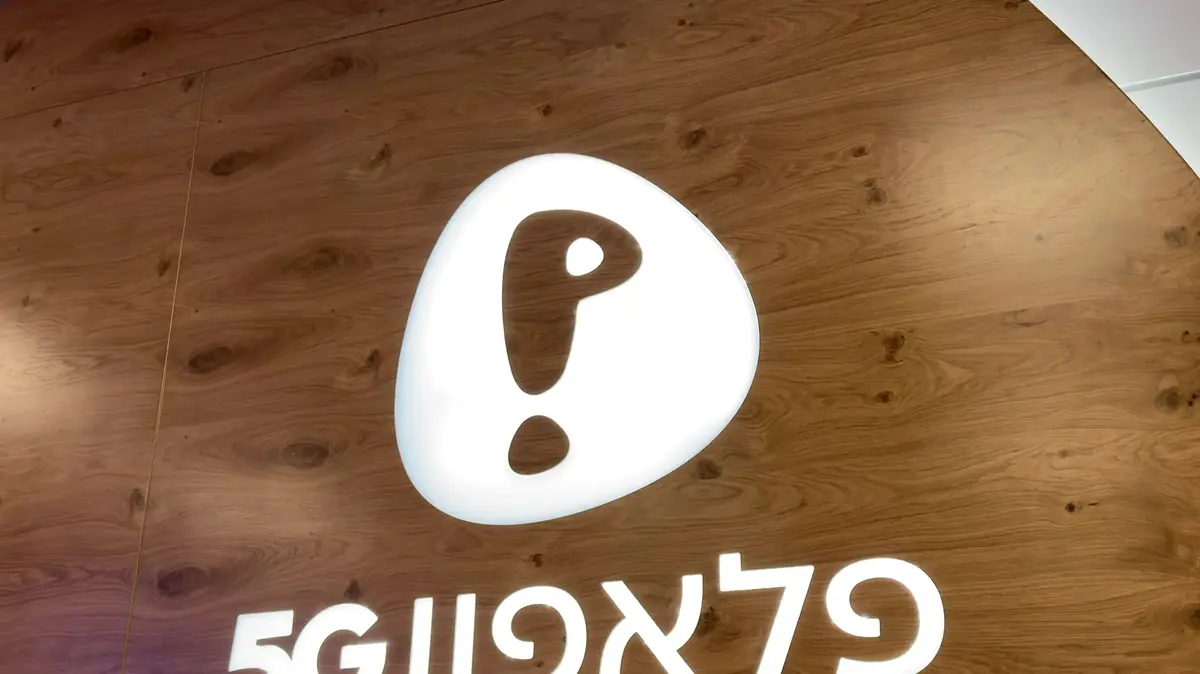5G is coming!
Present in many cities since the end of November, it was launched in Paris on March 19,.
Nice was the first French city covered by 5G ... But what is 5G?
What's the point?
How to get it?
To do what?
Le Figaro answers you.
What is 5G?
5G is quite simply the fifth generation of mobile telephony.
It logically succeeds 4G and precedes .... 6G.
With each new generation, new technical specificities are added by telecom equipment manufacturers - who manufacture the network elements - operators, smartphone manufacturers, chip designers ... 4G marked the advent of the internet mobile, 5G must allow more objects to be connected, with higher speeds and lower latency.
The generations of mobile telephony follow one another approximately every ten years and each time mark a technological evolution.
What uses with 5G?
5G has been launched for the general public, but most of the uses are for businesses.
For the general public, 5G is first and foremost the promise of an even faster connection.
Which may seem unnecessary given the speed in 4G.
But the latter is close to saturation, especially in the most densely populated areas.
5G will therefore make it possible to decongest 4G.
In less dense areas, 5G could be an alternative to optical fiber, for the most isolated homes.
For businesses, 5G will bring the possibility of creating new services and new uses.
There are many application cases in logistics for monitoring and optimizing the transport and delivery of goods.
In industry, 5G brings more flexibility in the organization of factories.
This network, more stable by definition, should also make it possible to continue to develop autonomous cars, with, in the long term, new transport services.
Read also: 5G: the factory of the future is built thanks to telecoms
Finally, in the health sector, being able to connect more objects on a more resilient network, with a latency time divided by ten, should encourage the development of remote patient monitoring, to better manage hospitalizations at home, disease prevention ... Another use case: connecting hospital beds: a simple way to have an exact map of available places in real time.
5G can also be used to pilot drones, as in Monaco where the emergency services use them to carry out prevention and support rescue operations.
What is the difference between 4G and 5G?
"5G is 4G, +1" joke the professionals.
A joke that sums up reality.
5G provides superior performance compared to 4G.
5G can connect 1000 times more objects per km2 than 4G, it offers speeds up to 100 times faster, it divides the latency time by ten (difference between the transmission and reception of information), consumes 10 times less energy for the same use.
What frequencies does 5G use?
5G as it is currently deployed in France uses the frequency 3.5 GHz (gigahertz).
Free, which claims the "
largest 5G network in France
" also uses 700 MHz, which is a frequency primarily intended for 4G.
Bouygues Telecom and SFR are also betting on the use of 2.1 GHz.
You should know that for 5G, the important thing is the frequency bandwidth used.
However, it is in that of 3.5 GHz that it is the widest, of which, that it brings the greatest efficiency.
When will it be everywhere in France?
5G is just starting to take off.
Operators start with cities, larger or smaller, but also industrial centers, such as the port of Le Havre, which will be the first to be connected by 5G.
By 2025, operators are required to have deployed at least a quarter of their 5G antennas in rural areas.
There is no timetable for coverage of the entire population and even less of the entire territory.
What are the risks of 5G?
There are always concerns about the launch of new technology.
A first report from the National Health Agency (ANSES), which is based on the 26,000 studies already carried out on 5G in the world, estimates that there is no particular risk.
ANSES is due to submit a second report in the coming weeks.
It must also look at 26 GHz, the next frequency bands that will be added to those already used by 5G, around 2023.
How does 5G work?
Essentially like other generations of mobile telephony.
An antenna relays the signal to a mobile phone.
However, with 5G, the signal is more targeted, which allows greater efficiency and avoids the “shower” effect of spraying an entire perimeter to target a connected object.
5G is also designed so that non-transmitting antennas are automatically turned off, and “wake up” when needed, which helps improve energy efficiency.
Which smartphones are compatible with 5G?
To use 5G, you must meet three conditions: be in an area covered by 5G.
Telecom Authority cards can help find out.
Have a subscription compatible with 5G and, third point, a smartphone.
The iPhone 12, the first device in the Apple range to be 5G compatible, has received a lot of attention, but it is far from the only one.
Samsung has several compatible models, including the Galaxy S21.
Oppo has just launched the Find X3 Pro.
At Xiaomi, the Redmi Note 9T is at 269 euros.
Find here other models in all price ranges?
Should I change my 4G smartphone?
No, there is no obligation for this.
The 4G network continues to operate normally, as does 2G and 3G.
In the event of a device renewal, it is not incongruous to opt for a 5G terminal.
The lifespan of phones lengthens, the device can be made to be used for a longer time.









